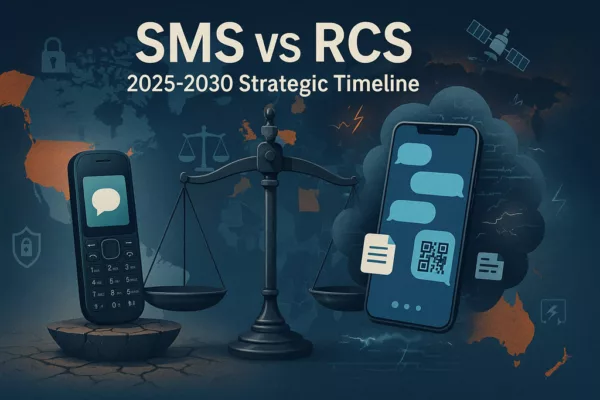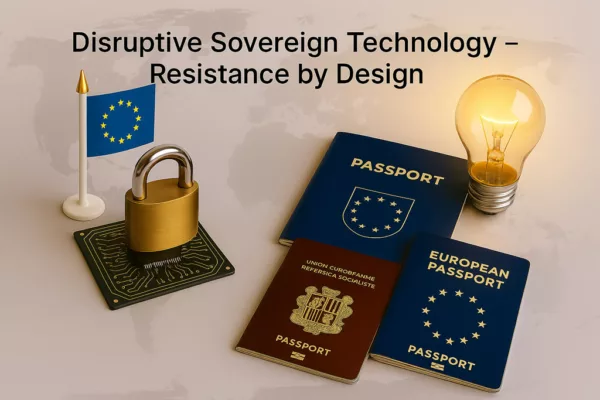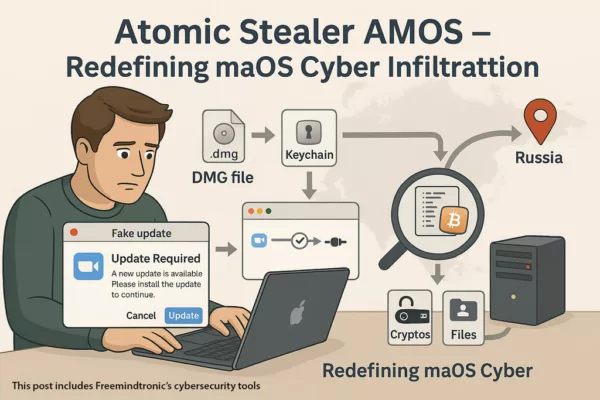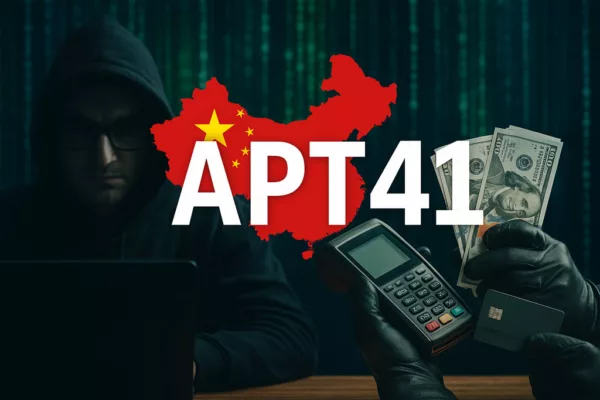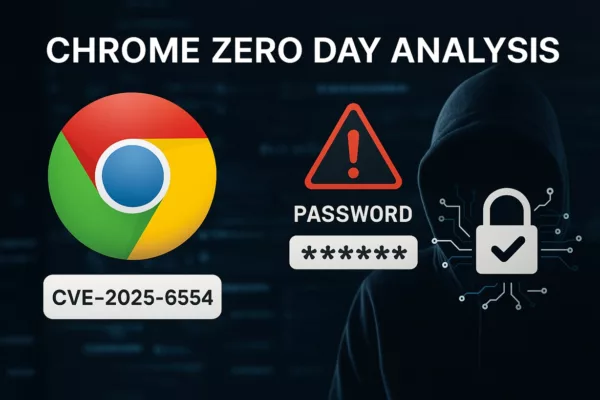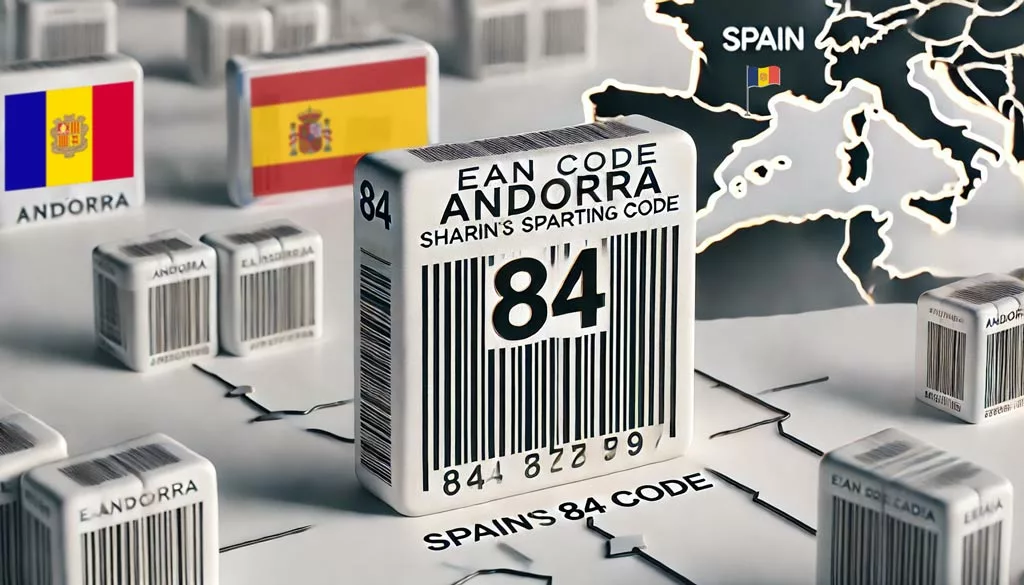All About EAN Codes and Their Importance EAN Code Andorra illustrates how the EAN (European Article Number) system operates on a global scale. GS1 actively manages this system, which ensures that every product crossing international borders has a unique identifier. Over 100 countries rely on EAN codes to track and identify goods efficiently. Businesses that […]
Stay informed!
Join our community of technology enthusiasts! Subscribe to our newsletter and receive exclusive updates on the latest news, special offers, and tips from Freemindtronic. Stay informed on the latest technology trends, discover new products, and be among the first to take advantage of them. Sign up now by entering your email address below. Don't miss any updates from Freemindtronic!

